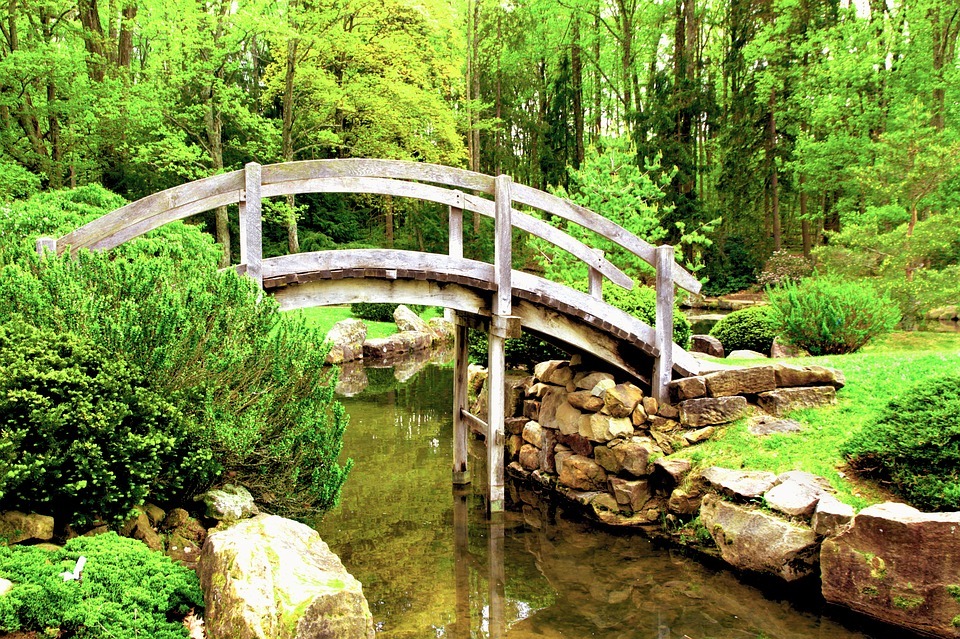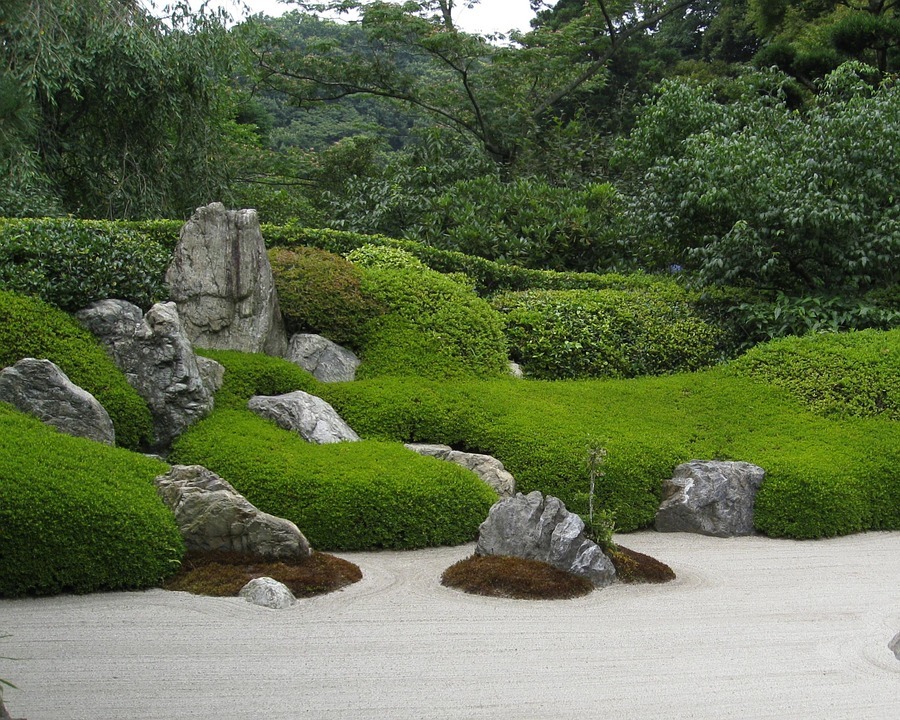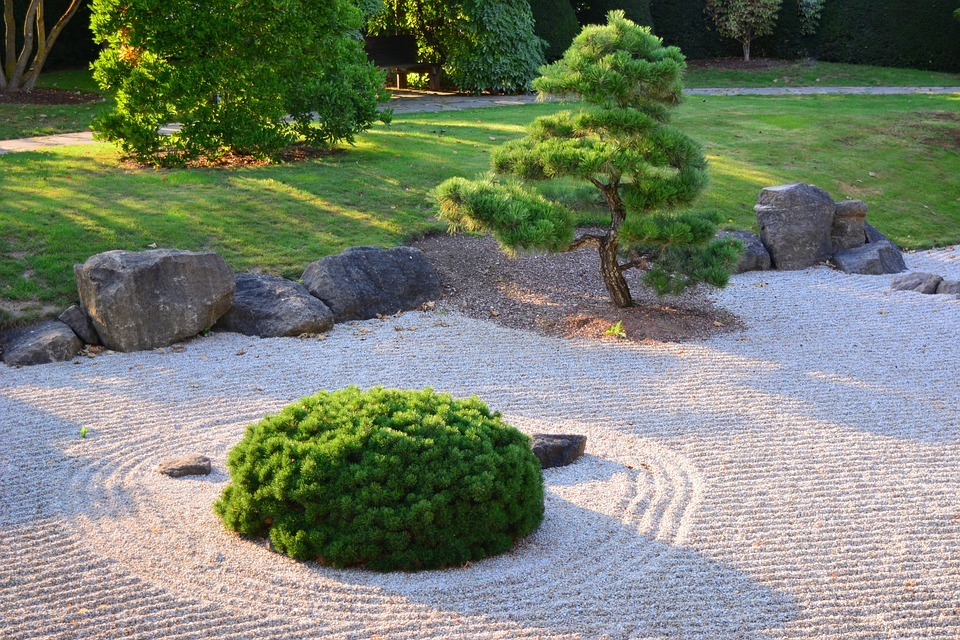Let’s learn a little history
Amidst chaotic surroundings, of life’s hustle and bustle, we look for ways to maintain peace in our inner beings, and having a Zen Garden, is simply one of the excellent and practical ways.
A zen garden is relatively just a small garden surrounded by a wall intended to be visible from the outside while seated from a single viewpoint, such as the hojo’s porch, the temple’s chief monk’s residence, or monastery.
Traditionally called a karesansui, a zen garden is a minimalist “dry landscape”, a miniature stylized landscape made up of carefully arranged rocks, gravel, wood, pruned trees and bushes sand that is raked to represent ripples in water.
Classical Zen gardens were found at Zen Buddhism temples in Kyoto that existed during the Muromachi period. These stone gardens emerged in the Heian period (794–1185).
They were designed to copy nature but not follow the authentic look. Its primary purpose is to be a place of meditation in search of the true essence of existence.
WHAT YOU NEED FOR A ZEN GARDEN
A Good Site
Or rather, an excellent site is a flat area in your backyard or somewhere near your front yard as long as it’s not near any distraction. Choose a place and mark a rectangular position of it. You can decide on its size, but a 12 x 18 ft is already an appropriate size, or you can set it for a smaller space to lessen your workload.
Location is a primary factor to consider if you want to grown plants in your Zen garden. Plan ahead of time if you will be growing sun-loving or shade-loving plants in your meditative space.
There are walls surrounding the meditation area in a traditional Zen garden to be free from any distraction and attain inner peace. However, this was quite expensive for most homeowners as they need to build a masonry wall for a meditative space. But a good substitute is a lattice fence to achieve inexpensive privacy. You can work on this first before you put up a Zen garden.
Sand or Gravel
Small pebbles, crushed granite, or fine gravel are spread across a Zen garden’s flat surface. It would be best if they are angular rather than round so you can rake them into patterns. If your location is under a brightly lit area, darker pebbles or gravel works better than light materials as they won’t reflect as much glare.
Stone Forms
Stone is symbolic in a Zen garden, with significantly larger rocks that must be placed or arranged strategically around a flat surface. Different shapes of stone represent other elements: water, metal, earth, fire, and air. Trees are symbolized by tall vertical stones, while low vertical rocks characterize wood represent metal. Branching or arching shaped stones represent fire, but broad and flat stones represent water. Lounging stones appear to be a meaning of relaxation and tranquility and represent the earth.
Arrangement of Rocks
Since a Zen garden is a traditional meditation spot, there is a particular placement of the elements that must be followed. The use of rock and sand or gravel creates an abstract representation of a larger landscape such as a mountain, an island, or water. Animals like a tortoise or crane representing longevity can also be represented by some rocks with a similar shape. Rocks for a Zen garden are typically light or dark gray, with a weathered appearance. Sand or gravel is often carefully raked to create a ripple-like effect.
In an old, preserved manual of Japanese gardening, garden making was called “ishi wo taten koto” which means “erecting stones.” Reduce the color in your vegetation and other elements as let the eye rest and calm the mind, giving the garden a peaceful atmosphere.
Plants
Most vegetation in a Japanese or a Zen garden is comprised of moss or lichen and other low, spreading species. Plants are typically evergreen shrubs, dwarf trees, yew, and woodland varieties as accents or a border.
Enclosure
There are enclosures in the form of a stone wall or a series of stones that define the edge of a garden to provide privacy and tranquility inside the garden. Enclosure reinforces a Zen garden’s peace and sense as an orderly, controlled universe separated from the outside world.
Human-Made Elements
Zen gardens may also feature human-crafted elements such as pathways, bridges, and lanterns. Bridges offer a view of the garden from a different angle. A bridge can be made of flat stone slabs arranged in an arch so visitors can walk over. You can add lanterns, either made of wood or stone, to add to the beauty of the garden’s natural atmosphere.



